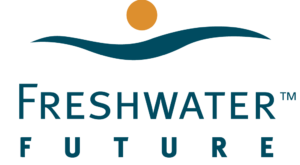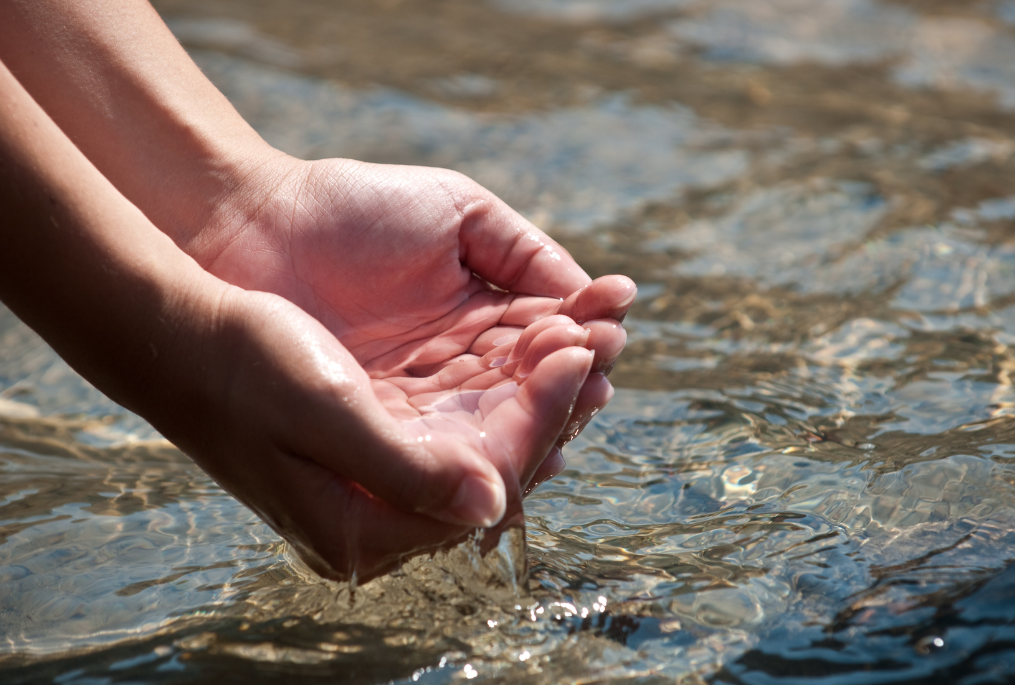In 1969, a spark from a train set the Cuyahoga River, which had been heavily polluted with trash, sewage, and industrial pollution, on fire. At the time, this environmental disaster was so commonplace, it didn’t even warrant front-page news. Yet, the combined outrage over the deplorable state of many of the United States waterways led Congress to make radical changes adopting the Clean Water Act (CWA) in 1972 with bipartisan support. The Act has been a massive policy success in terms of increasing monitoring, regulation, and investments for clean water across the nation, but has it delivered on its promise to produce “fishable and swimmable” waters across the U.S? As the CWA turns 50 years old on October 18th, 2022, we are reflecting on the landmark law and looking towards a future with strong protections for our waters.
What exactly did the CWA change about how we care for our water resources? The Act put new standards in place such that all pollutant discharges into navigable waters required a permit, states had to monitor and report water quality of surface waters to the federal U.S. Environmental Protection Agency, and minimum federal standards on sewage and pollution discharges were set. Importantly, the Act also contributed historic investments of more than one trillion dollars to drinking water and wastewater infrastructure, particularly in the first 30 years of its existence. In recent decades, investments in this infrastructure have atrophied, leaving local and state governments largely responsible for coming up with this funding.
As explored in our regionalization blog post last week, in Michigan and many other states, rate payers have assumed a lot of this cost contributing to the growing water affordability crisis. The CWA now provides federal assistance in the form of loan financing towards water infrastructure investments through the Clean Water State Revolving Fund, but lack of access to this funding has perpetuated structural inequities, Freshwater Future is working to increase environmental justice communities’ access to State Revolving Funds.
The environmental laws we have today, while hard-won victories made possible by advocates, are not the product simply of a love for nature. They were spurred by disastrous events and conditions like the Cuyahoga River fires and the poisoning of the Love Canal community. Today, Lake Erie’s health is threatened by toxic algal blooms from phosphorus pollution and new toxic pollutants like PFAS threaten our surface waters in ways that are not addressed in the CWA. We must recognize the essential work the CWA has done so far and create new environmental protections that meet the present and future threats to our water resources.








